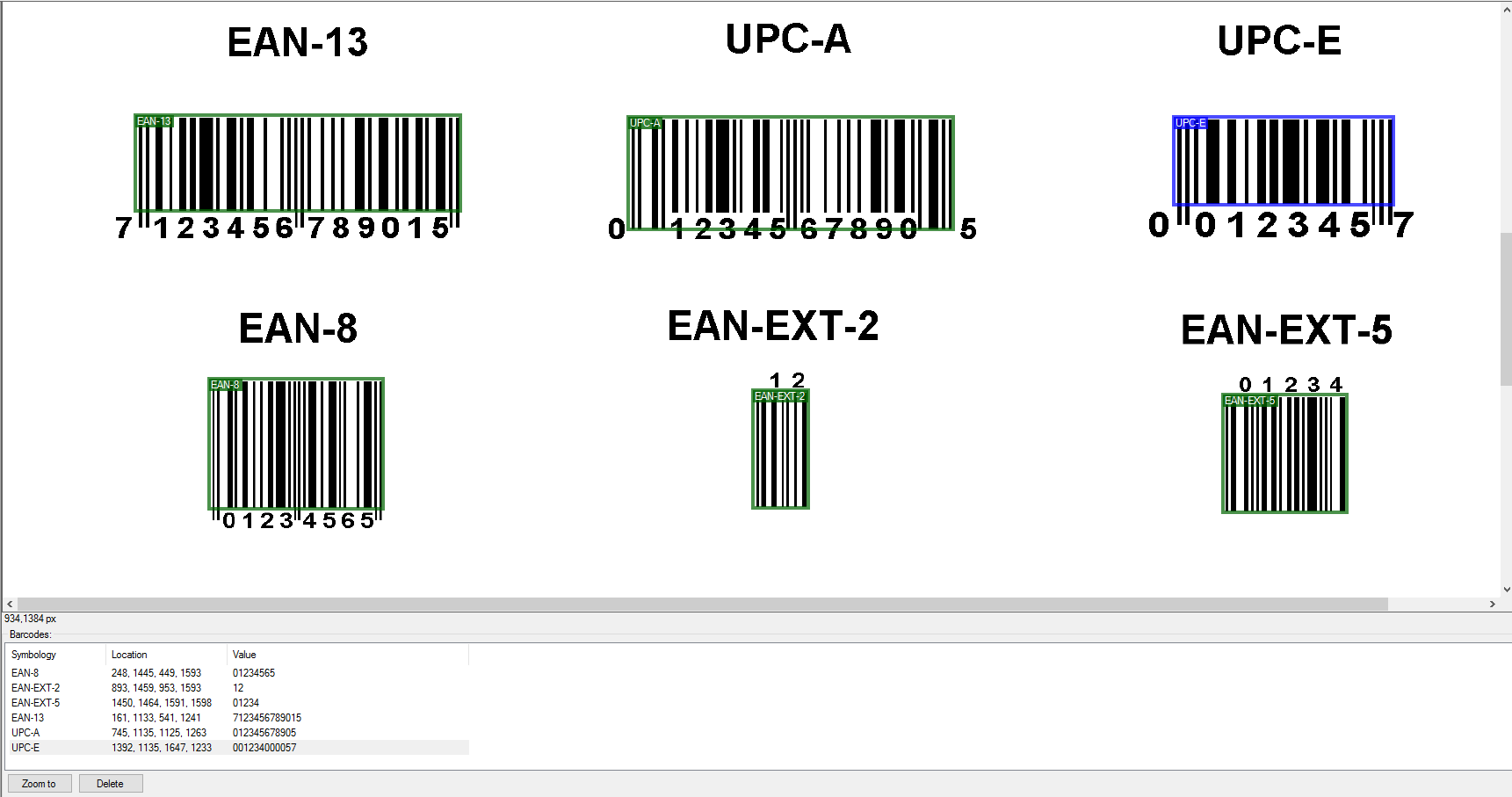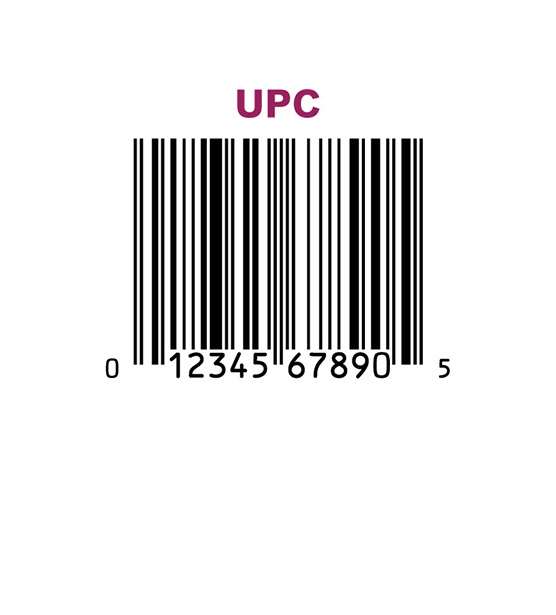
In the 1980s, IBM and its competitors introduced the new technology to other industries (including variations of the American standard bar codes that were adopted in Western Europe). In the four years between 19, the number of grocery stores using this technology jumped from 104 to 2,207, and they were spreading to other countries. An immediate byproduct was the ability of stores to start tracking the buying habits of customers in general and, later, down to the individual, scanning bar coded coupons and frequent shopper cards. The costs of checking out customers went down the accuracy of transactions went up checkouts sped up by some 40 percent and in-store inventory systems dramatically improved management of goods on hand, on order or in need of replenishment. If there had been any doubts about the new system’s prospects, they were gone by the end of the 1970s. Soon, grocery stores began adopting the new scanners, while customers were slowly educated on their accuracy in quoting prices. The first product swiped was a pack of Wrigley’s Juicy Fruit chewing gum, now on display at the Smithsonian’s National Museum of American History in Washington, D.C. On June 26, 1974, the first swipe was done at a Marsh’s supermarket in Troy, Ohio, which the industry had designated as a test facility. The grocery industry compelled its suppliers of products in boxes and cans to start using the code, and IBM helped suppliers acquire the technology to work with the UPC. It included a point-of-sale terminal (digital cash register) and checkout scanner that could read the UPC symbol. In time it became a workhorse in the industry. On October 11, 1973, IBM became one of the earliest vendors to market with a system, called the IBM 3660. IBM was well positioned and became one of the earliest suppliers of scanning equipment to the supermarket world. The industry wanted a standard that all grocers and their suppliers could use.

In 1973, the grocery industry’s task force settled on a standard that very closely paralleled IBM’s approach. Another group of IBMers at the Rochester, Minnesota Laboratory built a prototype scanner using optics and lasers. Woodland, who had helped create the original bull’s-eye design, then later worked on the bar code, writing IBM’s response to the industry’s proposal. IBM’s team had also reworked its design going to the now familiar rows of bars each containing multiple copies of data. In time the industry issued a request to computer companies to submit proposals. Beginning in the 1960s, various industry task forces went to work defining requirements and technical specifications. Meanwhile, the grocery industry in post-war America was adapting to the boom in suburban supermarkets–seeking to automate checkout at stores to increase speed, drive down the cost of hiring so many checkout clerks and systematize in-store inventory management.
#Upc barcode code#
Their first try was a bull’s-eye bar code nobody was happy with it because it took up too much space on a carton. Soon a team formed to address the issue, including Woodland.
#Upc barcode how to#
About 1970 at IBM Research Triangle Park, George Laurer went to work on how to scan labels and to develop a digitally readable code. In those days there was no way to read the codes, until the laser became a practical tool.


And there it sat for more than two decades. Joseph Woodland, later an IBMer but then working at Drexel Institute of Technology, applied for the first patent on bar code technology on October 20, 1949, and along with Bernard Silver, received the patent on October 7, 1952.


 0 kommentar(er)
0 kommentar(er)
